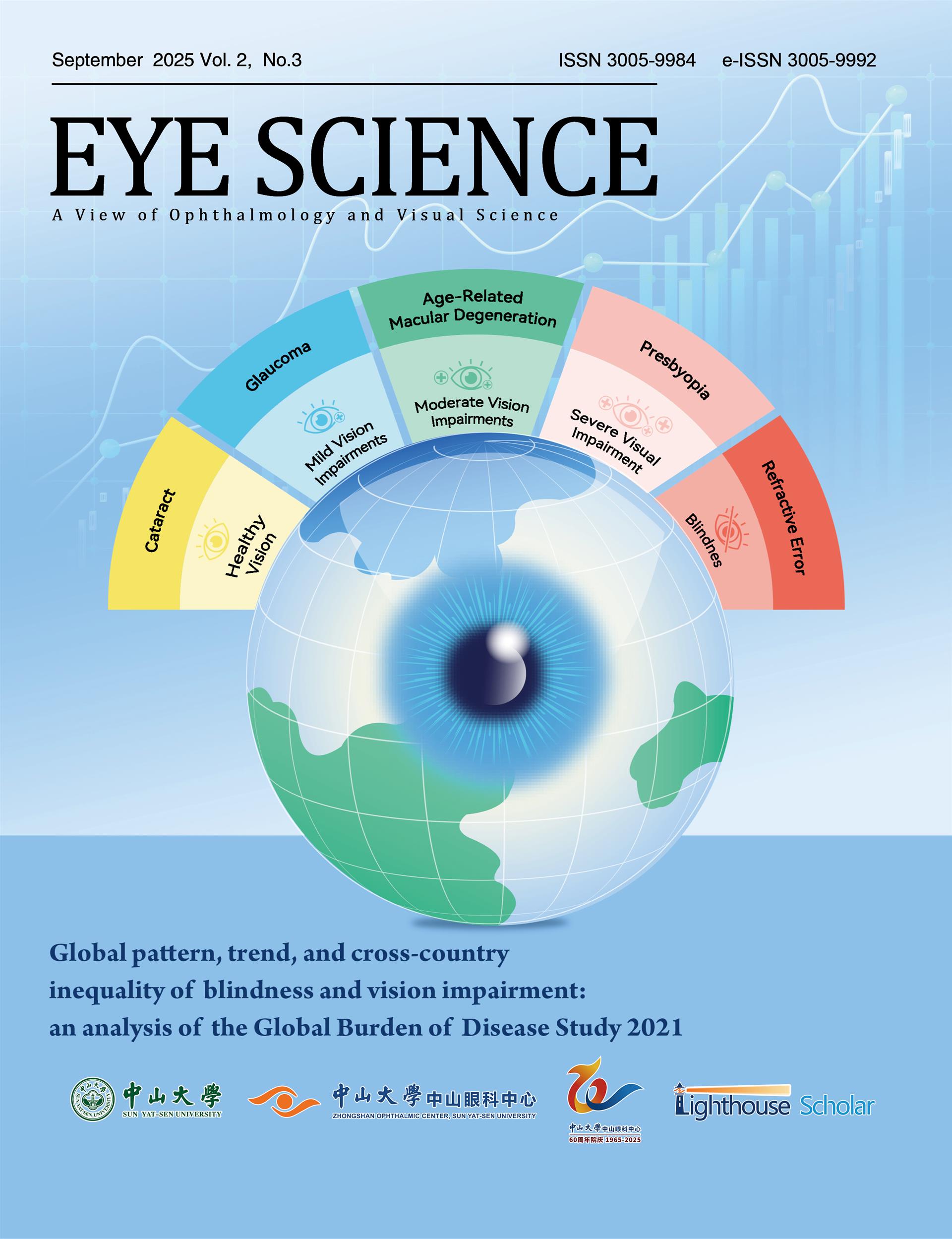Backgrounds: With the rapid development of artificial intelligence (AI), large language models (LLMs) have emerged as a potent tool for invigorating ophthalmology across clinical, educational, and research fields. Their accuracy and reliability have undergone tested. This bibliometric analysis aims to provide an overview of research on LLMs in ophthalmology from both thematic and geographical perspectives. Methods: All existing and highly cited LLM-related ophthalmology research papers published in English up to 24th April 2025 were sourced from Scopus, PubMed, and Web of Science. The characteristics of these publications, including publication output, authors, journals, countries, institutions, citations, and research domains, were analyzed using Biblioshiny and VOSviewer software. Results: A total of 277 articles from 1,459 authors and 89 journals were included in this study. Although relevant publications began to appear in 2019, there was a significant increase starting from 2023. He M and Shi D are the most prolific authors, while Investigative Ophthalmology & Visual Science stands out as the most prominent journal. Most of the top-publishing countries are high-income economies, with the USA taking the lead, and the University of California is the leading institution. VOSviewer identified 5 clusters in the keyword co-occurrence analysis, indicating that current research focuses on the clinical applications of LLMs, particularly in diagnosis and patient education. Conclusions: While LLMs have demonstrated effectiveness in retaining knowledge, their accuracy in image-based diagnosis remains limited. Therefore, future research should investigate fine-tuning strategies and domain-specific adaptations to close this gap. Although research on the applications of LLMs in ophthalmology is still in its early stages, it holds significant potential for advancing the field.

















